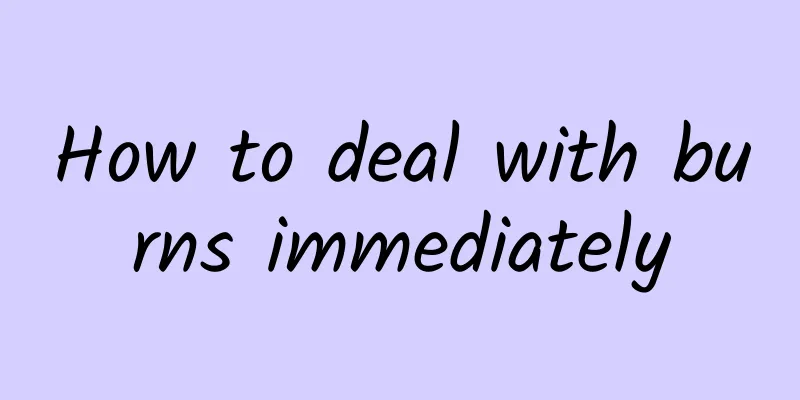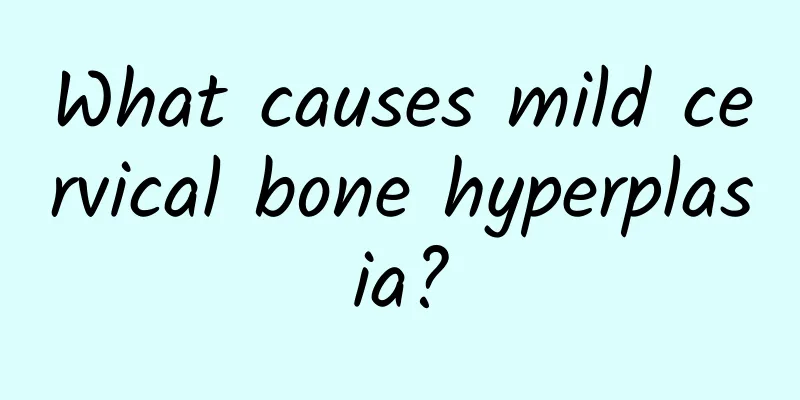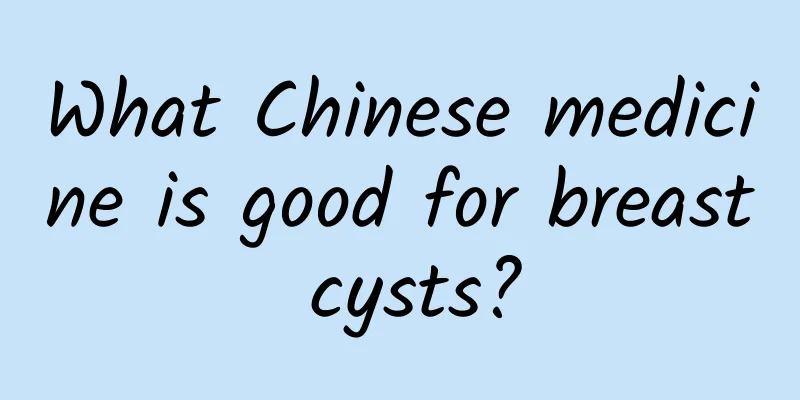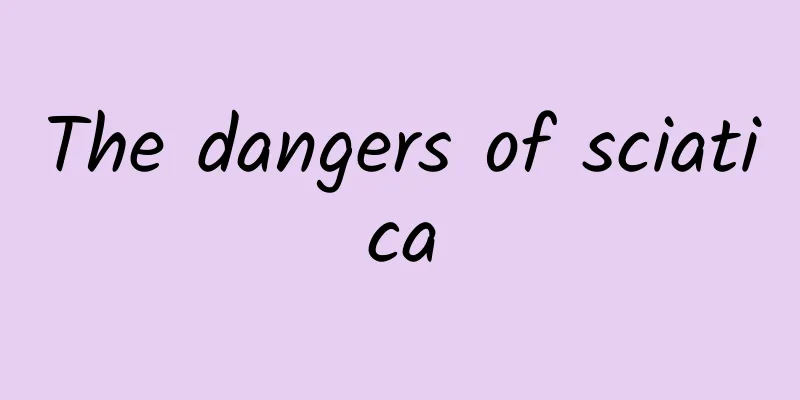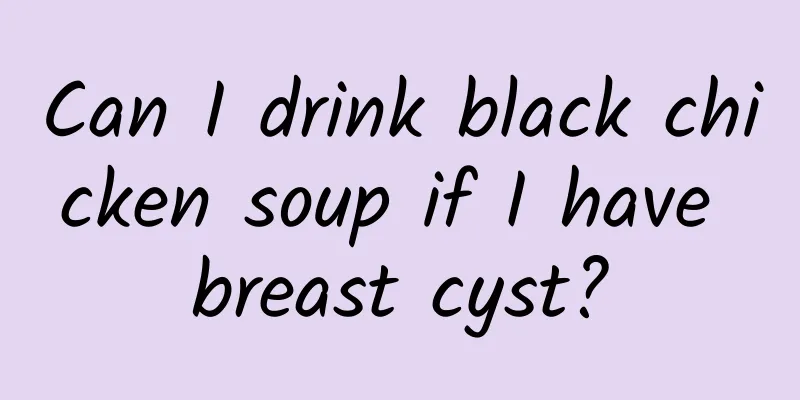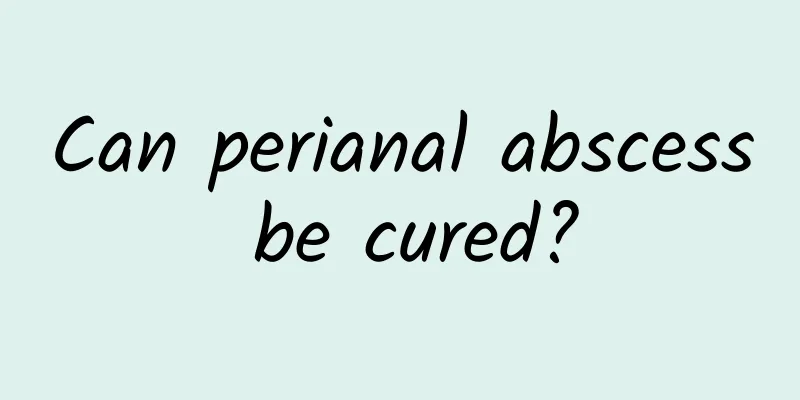How to treat neuralgia due to thickening of the yellow ligament and spinal stenosis
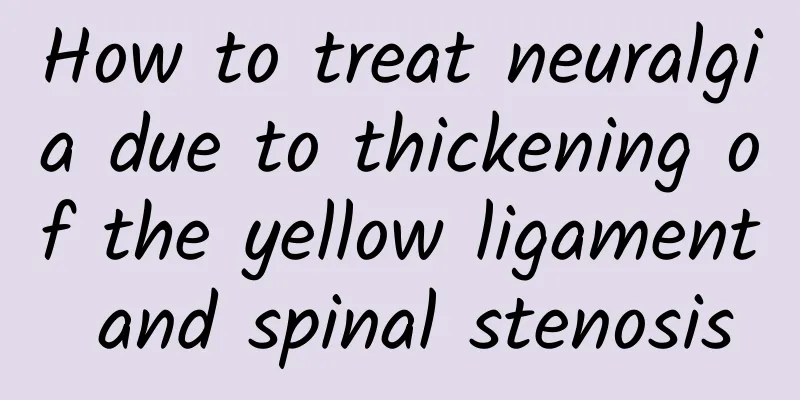
|
The neuralgia caused by spinal stenosis due to thickening of the yellow ligament can be relieved through a variety of methods such as medication, physical therapy and surgery. Choose the appropriate method according to the severity of the disease, and pay attention to protecting the spine and adjusting lifestyle habits in daily life. 1 Cause Analysis Thickening of the yellow ligament and spinal canal stenosis are part of spinal degeneration, which is more common in middle-aged and elderly people and may be caused by the following reasons: Genetic factors: People with a family history of spinal disease have a higher incidence of thickening of the yellow ligament. Environmental factors: Long-term poor posture, such as working at a desk or sitting for long periods of time, may cause uneven stress on the yellow ligament and gradual thickening. Physiological factors: Aging leads to a decrease in elastic fibers in the yellow ligament and the deposition of calcium salts, causing it to harden and thicken. Traumatic factors: Sports injuries or external impacts on the spine may cause inflammation of surrounding tissues, further aggravating the thickening phenomenon. Disease factors: such as osteoporosis, intervertebral disc degeneration, etc., may cause spinal stenosis, compress nerves and cause pain. 2 Treatment methods The following measures can be taken depending on the severity of the condition: Drug treatment: can be used for patients with mild to moderate neuralgia: ① Non-steroidal anti-inflammatory drugs (NSAIDs): such as ibuprofen and diclofenac, can help relieve pain and inflammation, but long-term use requires follow-up doctor’s advice. ② Neuromodulatory drugs: such as gabapentin and pregabalin, are suitable for improving neuralgia symptoms. ③Muscle relaxants: such as baclofen, used to relieve discomfort caused by muscle tension. Physical therapy: Improves function in the affected area. ① Traction therapy: Mechanical traction is used to reduce intraspinal pressure and relieve nerve compression. It must be performed under the guidance of professionals. ② Heat therapy or electrical stimulation: can promote local blood circulation, relieve pain and improve stiffness. ③ Strengthen spinal stabilization exercises: low-impact exercises such as swimming and yoga to enhance the strength and flexibility of the muscles around the spine. Surgical treatment: For patients with severe nerve compression that cannot be relieved, you can choose: ① Laminectomy: remove part of the yellow ligament and lamina to expand the spinal canal space and relieve nerve compression. ②Ligamentum flavum resection: Direct removal of the thickened ligamentum flavum is one of the most effective treatment methods. ③Minimally invasive surgery MISS: such as perforaminal endoscopic surgery, which reduces nerve compression through small incisions, resulting in less trauma and faster recovery. 3 Daily management suggestions To prevent further deterioration, scientific management is recommended in daily life: Choose an ergonomic posture and avoid bending or sitting for long periods of time; Regular exercise, such as Tai Chi and walking, can help improve spinal flexibility. Strengthen bone health management, supplement calcium and vitamin D, and avoid weight gain to reduce the burden on the spine. The neuralgia caused by thickening of the yellow ligament and spinal stenosis needs to be improved through comprehensive treatment and scientific management. If the symptoms continue to worsen, you should seek medical attention in time for a clear diagnosis and receive an individualized treatment plan. |
<<: How to treat female hydronephrosis effectively
>>: How long does it take for a knee cartilage fracture to heal?
Recommend
How is stone disease formed?
The formation of stone disease is actually a rela...
How to perform hemorrhoid surgery
Before hemorrhoid surgery, a systematic examinati...
Is anal atresia serious in newborns?
Anal atresia in newborns is a serious congenital ...
What antibiotics are effective for perianal abscess?
Perianal abscesses usually require surgical drain...
What are the symptoms of congenital heart disease in newborns?
Treatment of congenital heart disease in newborns...
The difference between breast nodules and cysts
Although breast nodules and cysts are both common...
What medicine is used for anal fissure and perianal abscess
Anal fissures and perianal abscesses are both com...
What causes intestinal polyps
Treatments for intestinal polyps include endoscop...
Conventional methods of western medicine for treating pregnancy complicated with intestinal obstruction
Conventional methods of Western medicine for trea...
Differentiation between perianal abscess and furuncle
The main difference between perianal abscesses an...
What should you pay attention to in your diet when you have breast cysts?
Patients with breast cysts need to choose nutriti...
Is surgery necessary for multiple gallbladder stones?
Multiple gallstones do not always require surgery...
What medicine is effective for female breast cysts
The treatment of female breast cysts usually incl...
How to treat high intestinal obstruction
The treatment of high-level intestinal obstructio...
How big a cyst needs surgery?
Generally speaking, surgical treatment should be ...

